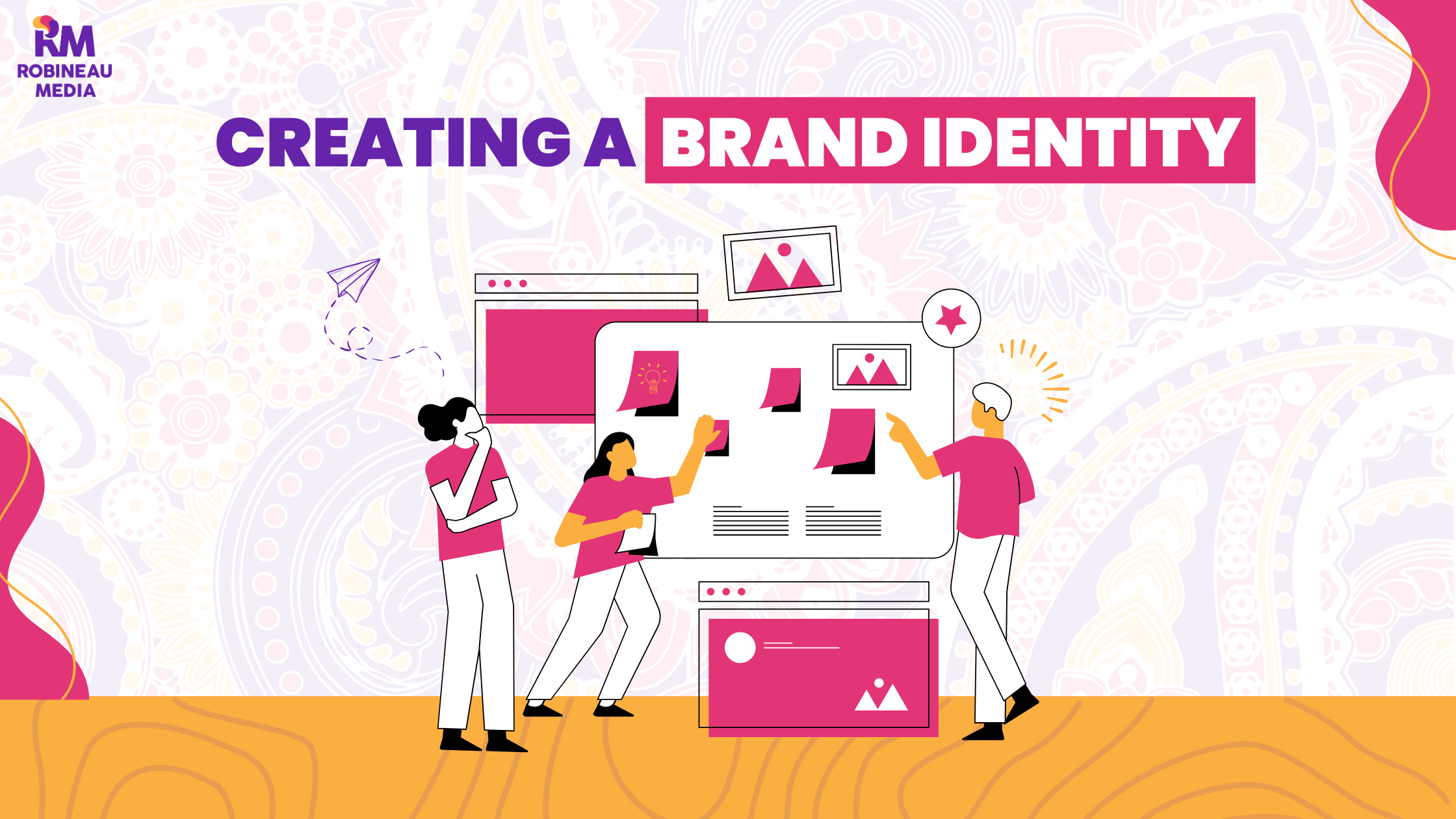In the bustling world of business, where competition is fierce and attention spans are fleeting, creating a brand identity is not just an option; it’s a necessity. Your brand identity is not just a logo or a catchy tagline; it’s the personality and essence of your business that sets you apart from the rest. In this guide, we’ll delve into the crucial aspects of creating a brand identity, offering tips on identifying your target audience, defining your brand personality, and choosing the right visual elements.
Understanding Your Target Audience
Before embarking on the journey of brand identity creation, it’s crucial to understand your target audience. Who are they? What are their needs, desires, and pain points? Conducting thorough market research and creating customer personas can help you gain valuable insights.
Identifying your target audience not only guides your branding decisions but also influences your messaging and communication strategies. A brand that resonates with its audience establishes a stronger connection, fostering loyalty and trust. Take the time to understand the demographics, psychographics, and behaviors of your target customers.
Defining Your Brand Personality
Your brand personality is the human side of your business. It’s the emotional connection you establish with your audience. To define your brand personality, consider the following:
Determine whether your brand aligns with archetypes like the Hero, Explorer, or Sage. This helps you establish a consistent tone and resonate with specific emotions.
Outline the values that your brand embodies. Whether it’s innovation, authenticity, or sustainability, these values should permeate every aspect of your business.
Establish a distinct voice and tone for your communication. Whether it’s friendly and casual or formal and authoritative, consistency is key.
Identify what sets you apart from competitors. Highlighting unique qualities helps customers connect with your brand on a deeper level.
By clearly defining your brand personality, you create a foundation for consistent messaging and engagement that resonates with your target audience.
Choosing Visual Elements
Visual elements play a crucial role in shaping the perception of your brand. From the logo to the color palette, these elements should reflect your brand personality and resonate with your target audience. Consider these tips when creating your brand identity:
Your logo is the visual representation of your brand. It should be memorable, scalable, and reflective of your brand personality. Think about the Nike swoosh or the golden arches of McDonald’s - instantly recognizable and synonymous with their respective brands.
Colors evoke emotions and can influence perceptions. Choose a color palette that aligns with your brand personality and appeals to your target audience. For example, blue may convey trust and reliability, while green may symbolize sustainability.
The fonts you choose contribute to the overall aesthetic of your brand. Consider the readability and appropriateness of fonts for your industry. A sleek, modern font may work well for a tech brand, while a more traditional font might suit a financial institution.
Consistent imagery helps reinforce your brand identity. Whether you opt for vibrant and energetic visuals or minimalist and sophisticated images, ensure they align with your brand personality.
Ensuring Consistency Across Channels
Consistency is key when it comes to brand identity. Whether a customer interacts with your brand on social media, your website, or in-store, the experience should be cohesive. Establish brand guidelines that detail the proper use of logos, colors, fonts, and messaging. This ensures that every touchpoint reinforces your brand identity and leaves a lasting impression.
Evolving Your Brand Identity
As your business grows and evolves, so too may your brand identity. Stay attuned to market trends, shifts in consumer behavior, and advancements in your industry. Periodically reassess your brand identity to ensure it remains relevant and resonant with your target audience.
In short, creating a strong brand identity is a dynamic and ongoing process that requires careful consideration of your target audience, brand personality, and visual elements. By investing time and effort into crafting a compelling brand identity, you not only differentiate yourself in a crowded market but also build a lasting connection with your customers. Remember, your brand is not just what you say it is - it’s what your customers perceive and feel about it. So, make it memorable, make it authentic, and make it uniquely yours.


